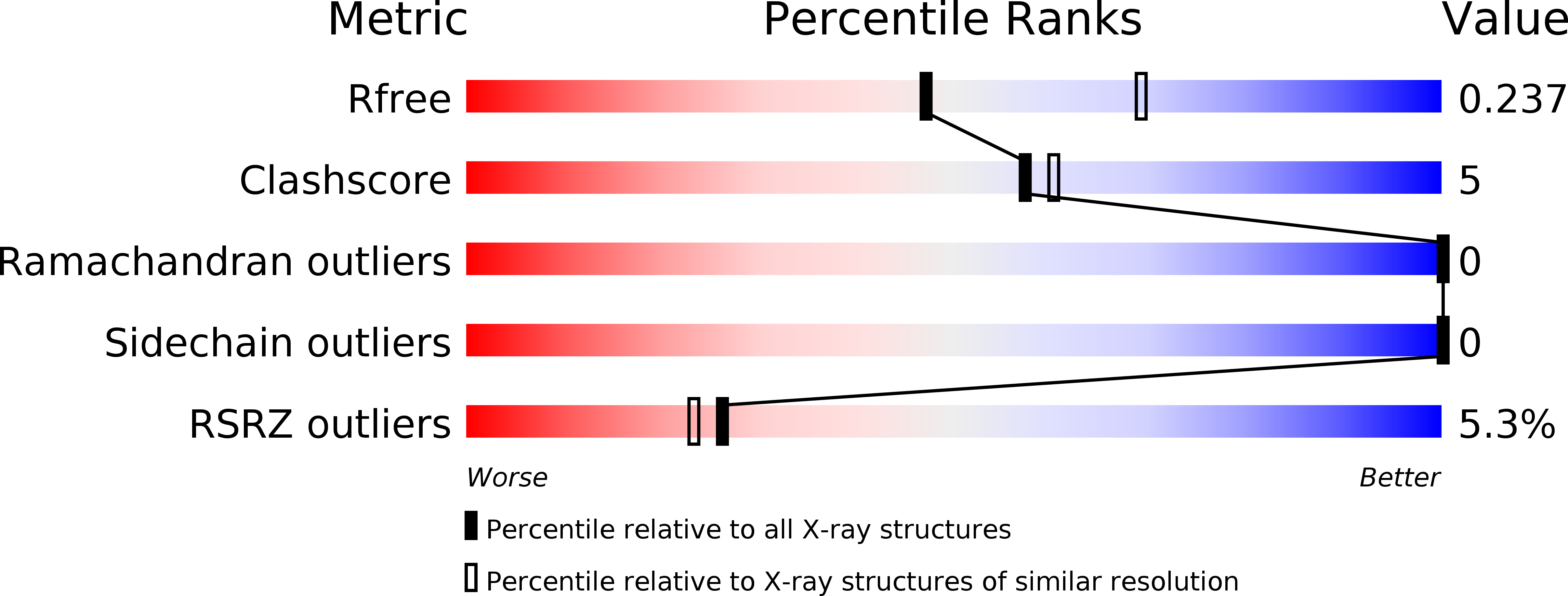
Deposition Date
2015-02-11
Release Date
2015-04-22
Last Version Date
2024-10-16
Entry Detail
PDB ID:
5AHZ
Keywords:
Title:
Bromide-bound form of Halorhodopsin from Halobacterium salinarum in a new rhombohedral crystal form
Biological Source:
Source Organism:
HALOBACTERIUM SALINARUM (Taxon ID: 2242)
Host Organism:
Method Details:
Experimental Method:
Resolution:
2.45 Å
R-Value Free:
0.23
R-Value Work:
0.18
R-Value Observed:
0.19
Space Group:
H 3 2


